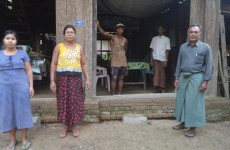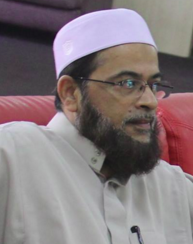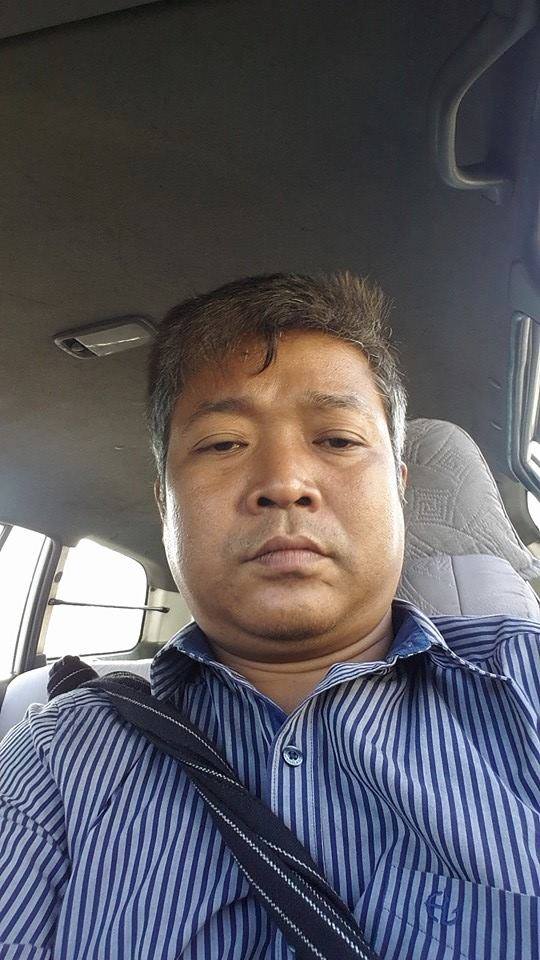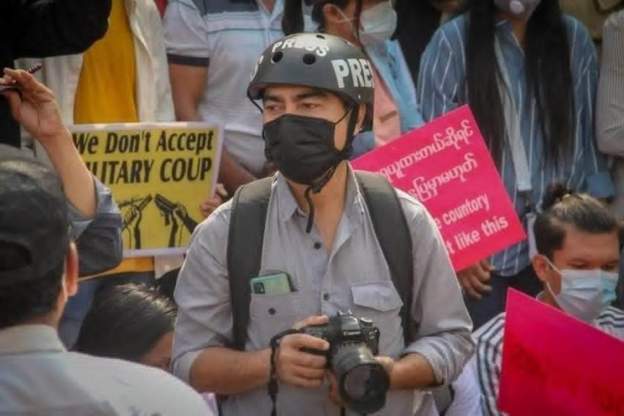Jan 13th 2014
By Myint Wai (University)
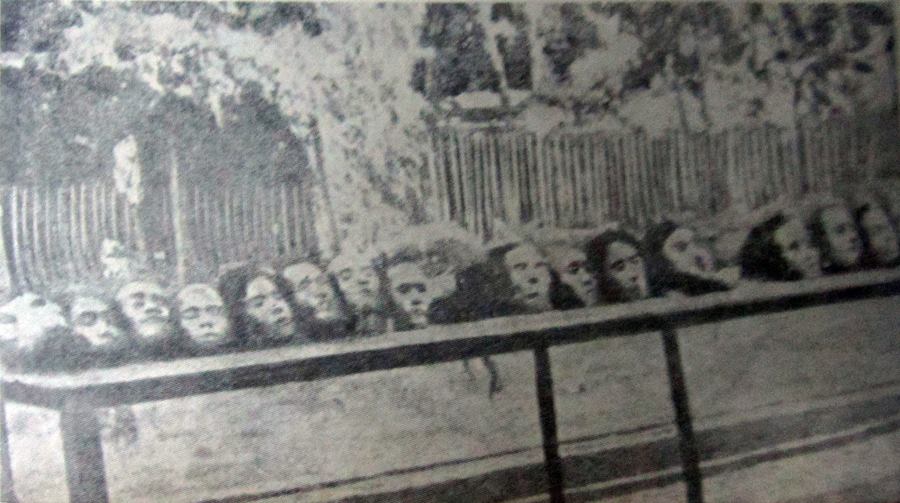
Due to global economic crisis in 1929, the price of rice decreased badly. Myanmar farmers faced a lot of trouble as the cost of general living expense became increased too much. Even though they struggled vigorously for their survival, their lives were disadvantaged.
The very high taxes imposed by the British colonial government persecuted the marginalized farmer communities further. The colonial government collected a poll tax – 5 Kyats (Myanmar Currency) for couple and 2.5 Kyats for single – Sassamedha revenue (tithe), and forest tax for cutting wood outside forest circles ( 2.5 Kyats for a cart) from them.
On December 19, 1930, farmers appealed to Sir J. A. Maung Gyi, a transient governor, to postpone and reduce some taxes when he came to Tharrarwady to attend Darbar (court). However, he denied the requests at once.
At the end of being unable to stand the oppression of the sympathizers of the British, Saya San, who was one of the leaders of General Council of Burmese Associations, proclaimed the title of Thupannaka Galon Raja and rebelled against the British colonial government, starting from Yetike Village in Tharrawady District on December 22nd, 1930. In that way, “Farmer Rebellion” had occurred.
Nevertheless, on November 20th, 1931, Saya San was hanged by the British for his revolutionary movement. There were also many rebel farmer leaders who were either hanged or sentenced to life imprisonment.
During founding the Galon revolutionary force, there were 25 privates from Nga Phyu Lae Village in Troop No. 4 commanded by Colonel Phoe Htin. Among them, U Doo Doo was a native Myanmar Muslim.
U Phoe Phyu,a Galon private, who escaped from death row, recorded about U Doo Doo, a Myanmar Muslim, in his book, “ When We Rebelled against the British Government”, as follows.
“Galon Troop No.4 leaded by Colonel Phoe Htin and Colonel Phoe San marched to Alan Taung Village, which was northwest of Sapargyi Aein Base in U Thuriya Monastery, to meet the central main troop at morning 6 o’clock on December 25th 1930 (Pyatho waxing day 7th Myanmar Era 1292). When the Galon troop arrived at Thin Eit Village, a battle was occurred there as the volunteers of the British attacked ahead the troop. In that battle, the British volunteers were beaten and fled away. British volunteer private Phoe Bu was killed by Galon lieutenant Sein Kho and Awe. In checking around the village, there was nothing doubtful. Then, going to the Chinese store to buy a biscuit box for Doo Doo, a Muslim private, we didn’t find the owner Chinese. So, we took two biscuit boxes and one fish can from it.”
U Phoe Phyu who authored the book lived and died in Tharkaeta. He was popular in his town and everyone called him kindly only using his nick name “Aba Phyu”.
It was historically evident that Saya San, Aba Phyu, U Doo Doo and other Galon members rebelled courageously against the British colonial government who colonized the country and oppressed the farmers.
The article is written in honor of U Doo Doo, a Saya San’s Galon revolutionist, who dared to sacrifice even his life for the sake of the country and people.
*The Myanmar Version of this article is retrieved from “La Pyae Won”(Full Moon) Magazine.
“Galon” is a fabulous and mystical bird in Buddhism and Hindu Mythology.
Photo Caption: The British Colonial Government displayed the beheaded heads of Saya San’s Galon Rebellion members publicly to frighten the people.

